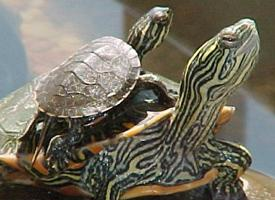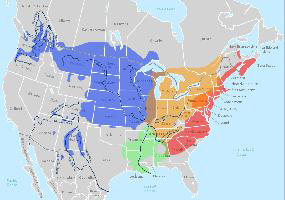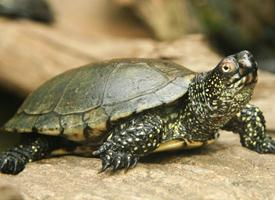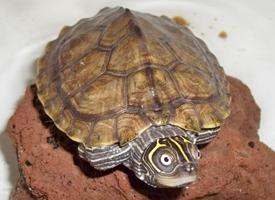
Popis zvířete
The Painted Turtle (Chrysemys picta) is a captivating species of pond turtle native to North America. This small to medium-sized turtle is celebrated for its striking appearance and is a favorite among wildlife enthusiasts and researchers alike. The species is divided into four subspecies, each adapted to different regional habitats across the continent, from southern Canada to northern Mexico. These are the Eastern Painted Turtle (C. p. picta), the Western Painted Turtle (C. p. bellii), the Midland Painted Turtle (C. p. marginata), and the Southern Painted Turtle (C. p. dorsalis).One of the most distinctive features of the Painted Turtle is its vibrant shell or carapace, which can range in color from olive to black. The carapace is smoothly contoured, lacking the spiky ridges found in some other turtle species, and it is adorned with colorful markings in hues of red, orange, or yellow along the edges, giving the turtle its common name. The plastron (the underside of the shell) also displays a unique pattern, often with a light background and a dark, central blotch that varies in shape among the subspecies.
The skin of the Painted Turtle is not to be outdone by its shell, featuring a similar palette of bright reds, oranges, and yellows along its limbs, neck, and head. Dark, olive or black skin provides the perfect background for these vivid stripes and spots, making the turtle easily recognizable even at a distance.
Adult Painted Turtles typically measure between 4 to 10 inches (10 to 25 cm) in carapace length, with females generally larger than males. This size difference is particularly notable in the Western Painted Turtle subspecies, where females can reach the upper size limits. In addition to size, males and females can be differentiated by physical characteristics such as the length of their front claws and the position of their cloaca in relation to the carapace edge.
Painted Turtles are highly adaptable and can thrive in a variety of freshwater habitats, including ponds, lakes, marshes, and slow-moving rivers. They are diurnal creatures, spending considerable time basking in the sun on logs or rocks to regulate their body temperature. This basking behavior is crucial not only for thermoregulation but also for the prevention of algae and parasites on their shells and skin.
Dietarily, Painted Turtles are omnivorous, with juvenile turtles leaning more towards carnivory and adults incorporating a significant amount of vegetation into their diet. Their menu includes aquatic vegetation, algae, insects, and small aquatic animals such as fish and crustaceans.
Reproduction in Painted Turtles involves complex mating rituals, including underwater dances and gentle shell taps. Females lay their eggs in nests dug into sandy or soft soil, usually in late spring or early summer. The temperature of the nest determines the sex of the hatchlings, a phenomenon known as temperature-dependent sex determination. After incubation periods of about 72 to 80 days, the hatchlings emerge, fully independent and ready to fend for themselves.
Despite facing threats such as habitat destruction, pollution, and road mortality, Painted Turtles have shown remarkable resilience. They are listed as a species of least concern by the International Union for Conservation of Nature (IUCN), thanks to their widespread distribution and stable population numbers. Nonetheless, conservation efforts continue to ensure that these beautiful and ecologically important animals remain a vibrant part of North America's natural heritage.
Mapa výskytu

Podobná zvířata
Nové fotografie zvířat
Top 10 zvířat
- Chinese water dragon (Physignathus cocincinus)
- Galápagos tortoise (Geochelone nigra complex)
- Dolphin gull (Leucophaeus scoresbii)
- Japanese macaque (Macaca fuscata)
- Colombian red howler (Alouatta seniculus)
- Sea urchins (Echinoidea)
- Moustached guenon (Cercopithecus cephus)
- Diana monkey (Cercopithecus diana)
- Common reed warbler (Acrocephalus scirpaceus)
- Common house mosquito (Culex pipiens)

